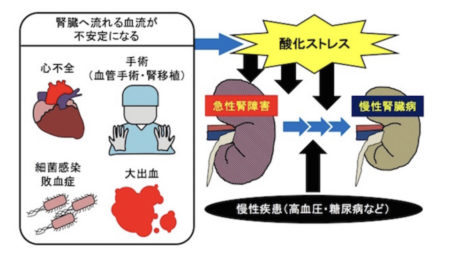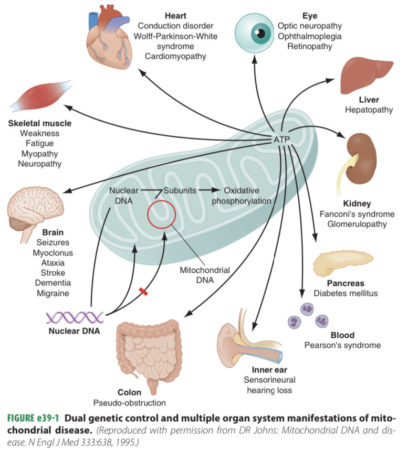The reason why he recovered enough to enjoy golf while receiving hemodialysis treatment
Chronic kidney disease (CKD) affects 1 in 8 adults in Japan and is a disease that leads to heart disease and stroke. However, no specific medicine has been developed so far, and renal replacement therapy such as hemodialysis is currently required as the disease progresses.
In September of last year,
an elderly person on hemodialysis visited our clinic for the first time in a long time,
saying that walking was “hard”.
Chronic kidney disease has almost no subjective symptoms even if it is pointed out in a health checkup, and when it becomes severe, the kidneys stop working and hemodialysis or kidney transplantation becomes necessary.
Chronic kidney disease increases the risk of heart and blood vessel disease.
In fact, it has been found that more people die from cardiovascular disease before they need dialysis than those who do.

Why does chronic kidney disease increase the risk of cardiovascular disease?
In chronic kidney disease, the production of reactive oxygen species (ROS) is accelerated, and the antioxidant activity is reduced, resulting in chronic oxidative stress.
Oxidative stress, which occurs when the kidneys are damaged, exacerbates kidney disease, leading to the onset and progression of chronic kidney disease.
It is known that this active oxygen damages arteries, and important blood vessels are damaged, and the function of the heart deteriorates.


Therefore, at our clinic,
we started hydrogen gas inhalation therapy
and NMN (nicotinamide mononucleotide) iv drip therapy
for this elderly person.

Hydrogen attenuates reactive oxygen species and increases resistance to oxidative stress.
NMN activates sirtuins, repair enzymes, regenerates vascular endothelial cells, and eliminates vascular insufficiency caused by oxidative stress.
Hydrogen also protects cells from injury during ischemia-reperfusion, and NMN similarly protects the heart.
And each works to restore mitochondrial function.

In this way,
one month after starting treatment,
he was able to enjoy playing 18 holes of golf.
Of course,
after that,
he continued to visit our clinic almost every week
and continued the hydrogen gas inhalation therapy plus NMN iv drip treatment.
He also continues to play golf once a week.
In this way, long-term moderate exercise therapy such as golf in dialysis patients is thought to improve oxidative stress throughout the body and lead to the maintenance and improvement of physical function and exercise tolerance.
It was hoped that
the results of this treatment at our JURAKU Internal Medicine Clinic
would lead to the development of new treatments
to suppress the onset and progression of chronic kidney disease.


